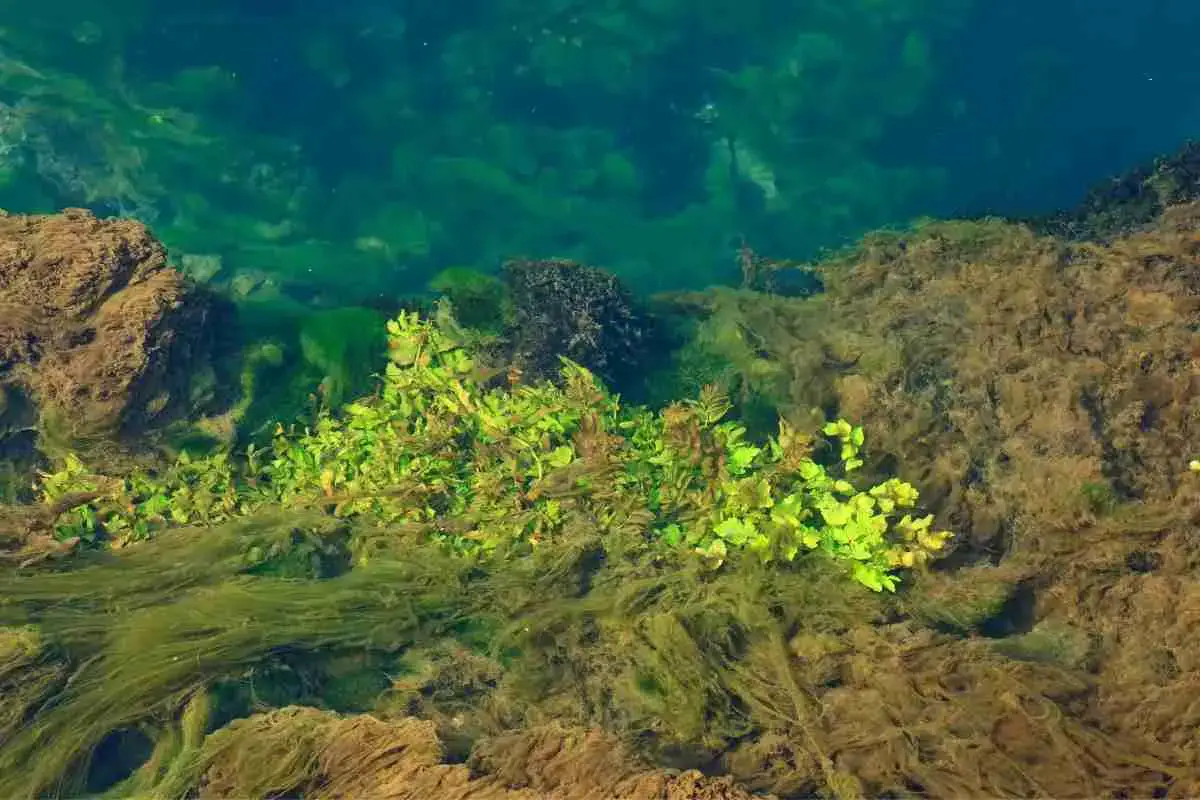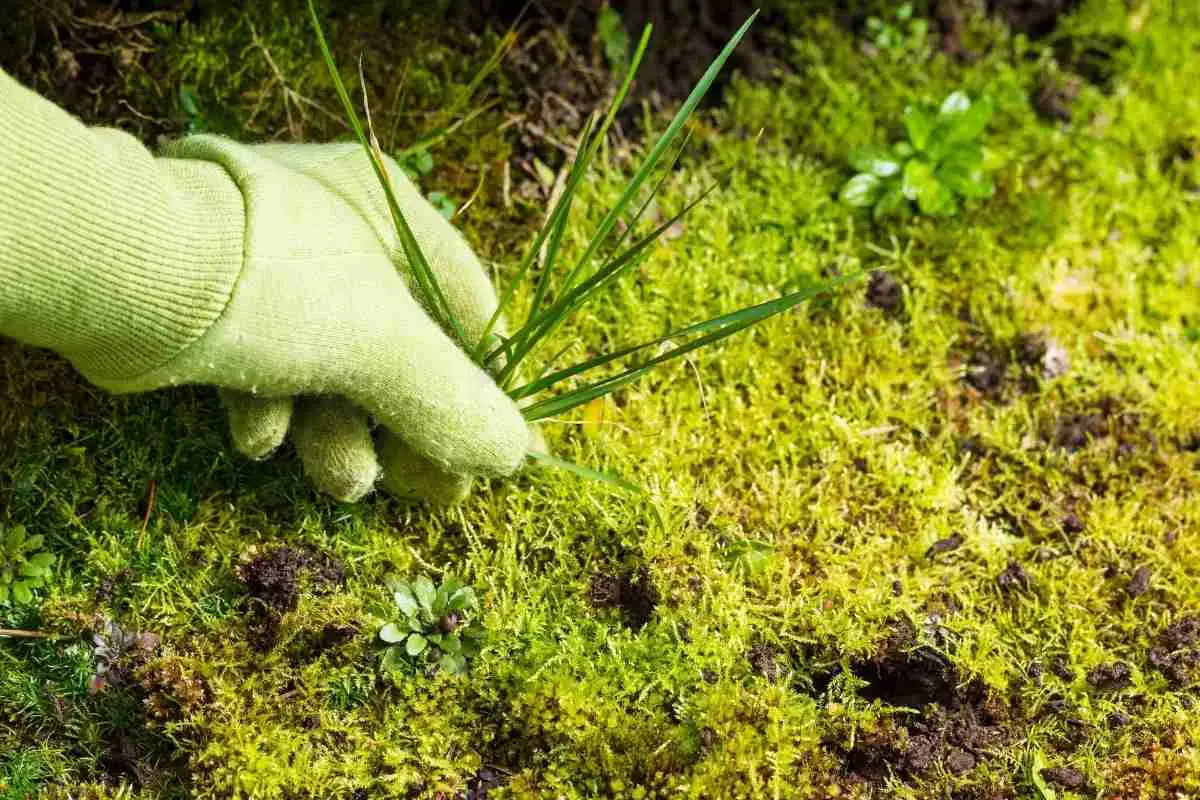
8 Simple Tips For Keeping Moss Alive!
Read more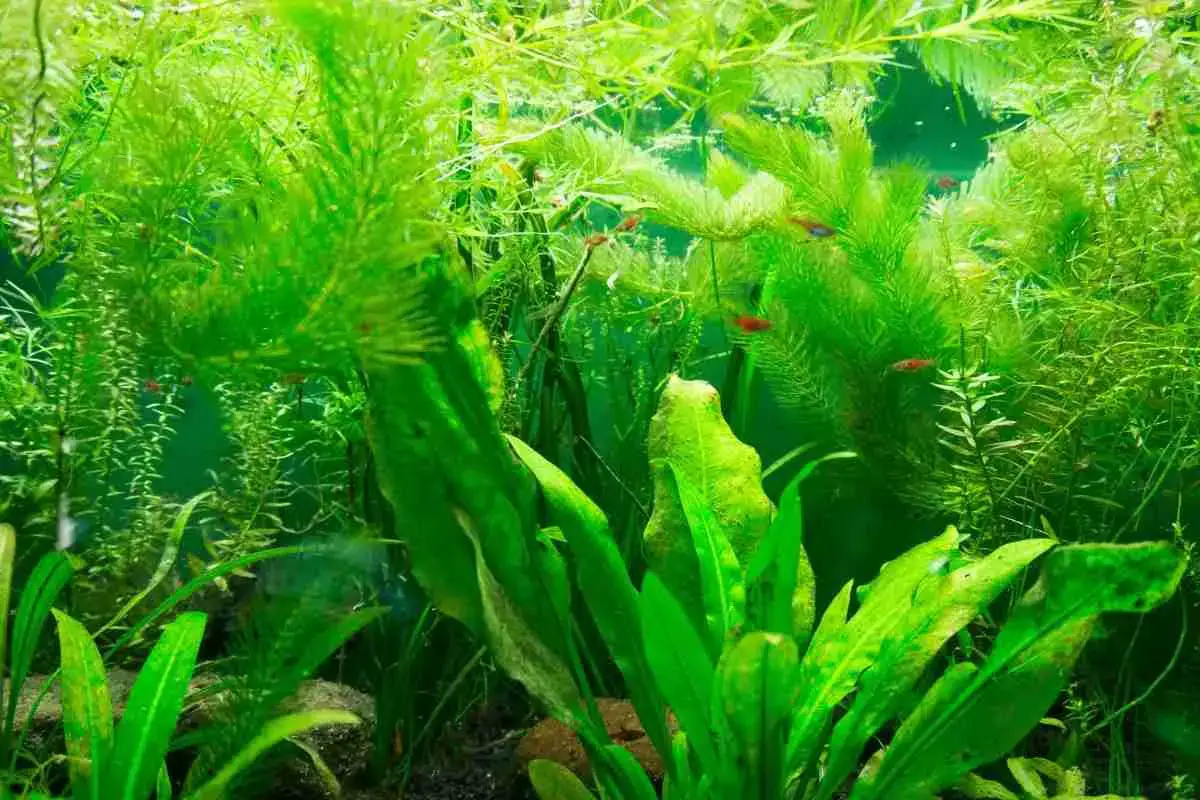
5 Simple Methods To Promote Algae Growth!
Read more
Is Moss Really Poisonous? The Toxic Myth Uncovered: Safe to Touch or Dangerous?
Read more
Is Algae A Protist? (Autotrophic Or Heterotrophic)
Read more
7 Easy Tips To Make Moss Grow Faster!
Read more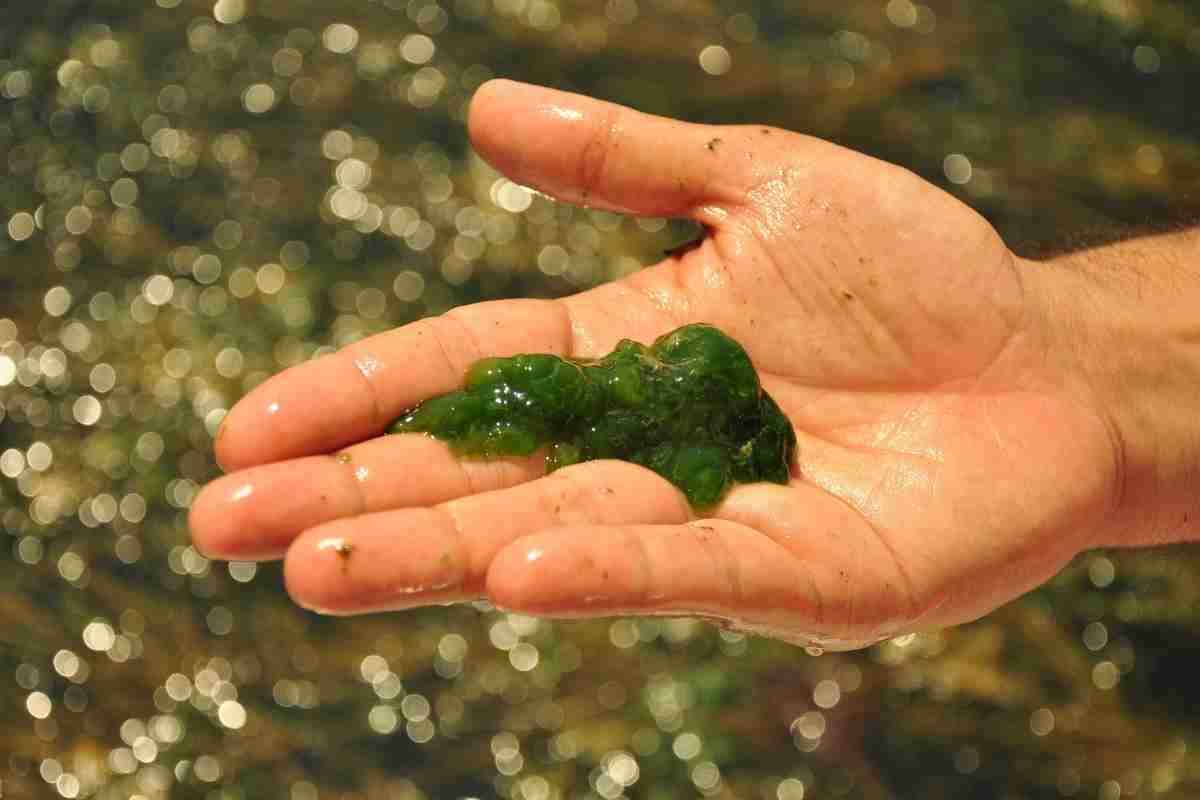
How Fast Does Algae Grow? Growth Rate Factors!
Read more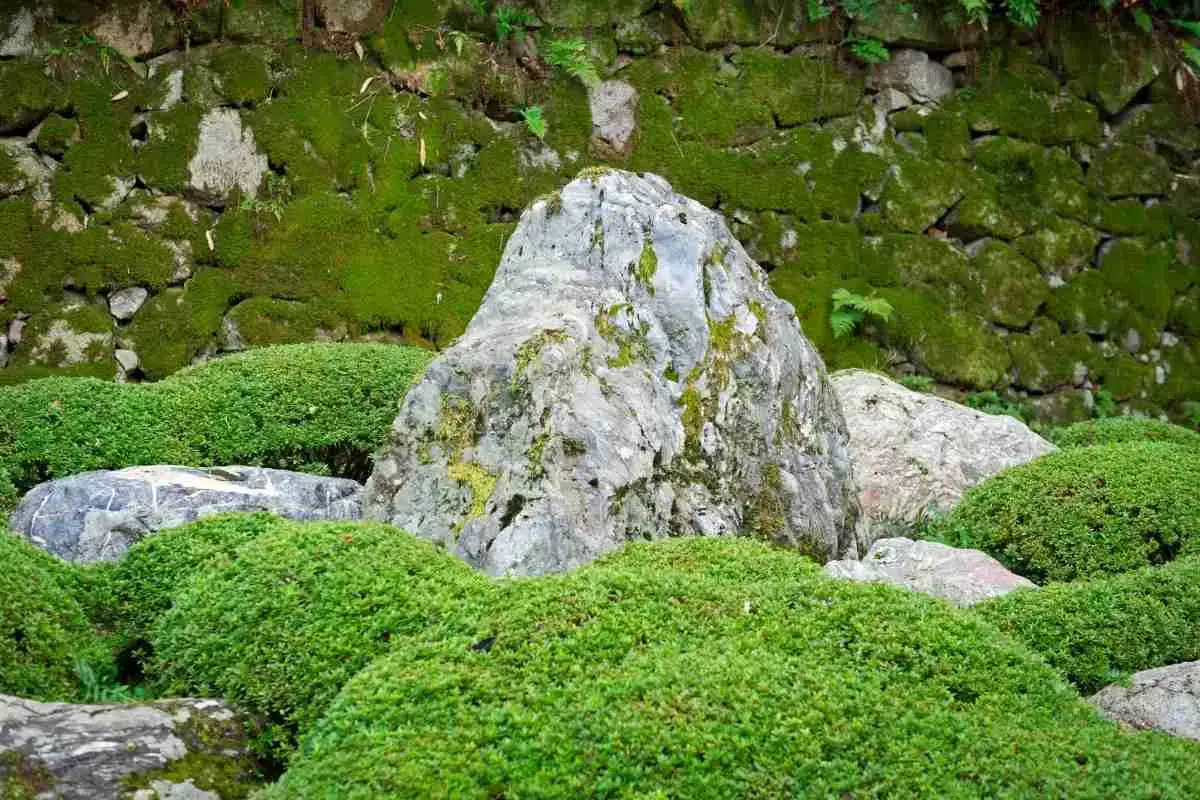
11 Types Of Moss That Grows On Rocks!
Read more
Decorative Moss For Potted Plants: Live & Preserved
Read more
16 Benefits For Having A Moss Ball In An Aquarium
Read more
How to age terracotta pots with moss
Read more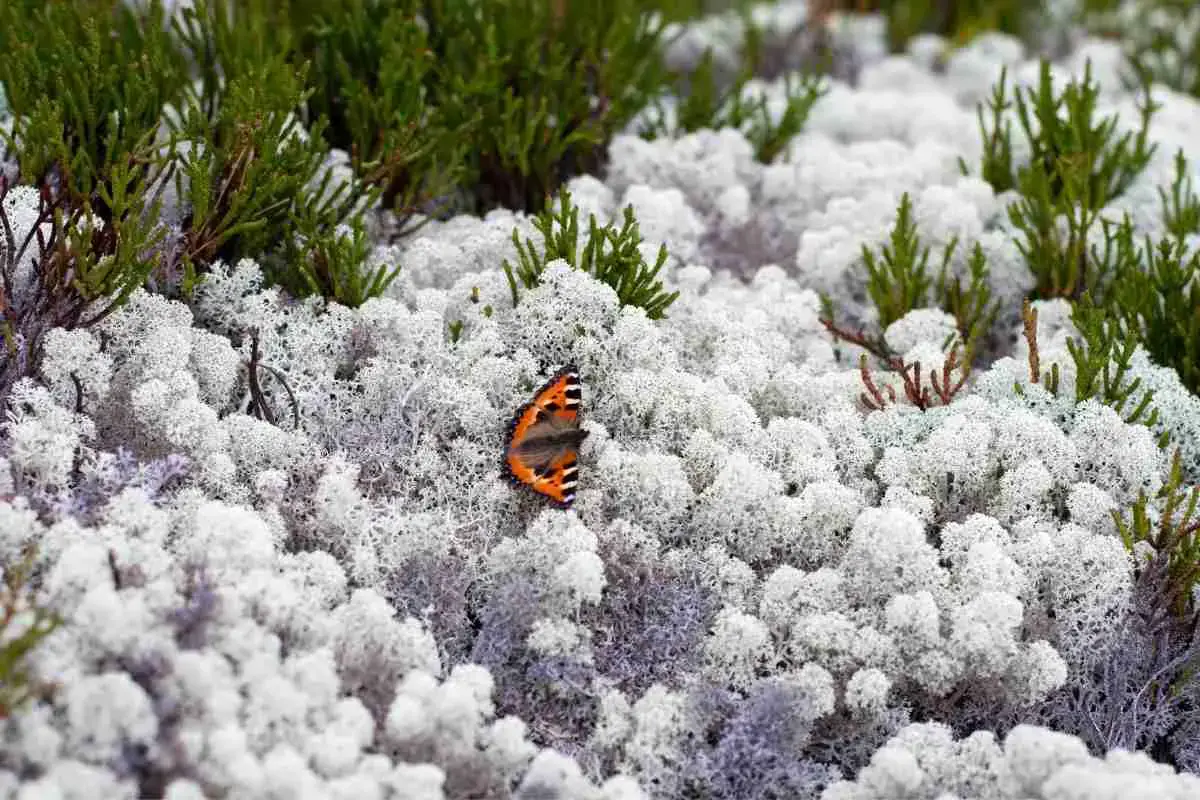
22 Different Types of Lichens (Detailed Guide)
Read more